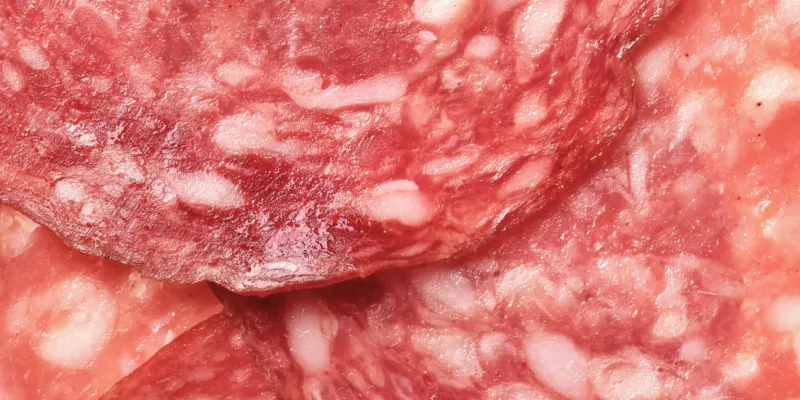
Helps prevent microbioloical growth in products. Our preservatives range includes natural, clean-label products that help to improve quality, freshness and shelf-life.

Helps prevent microbioloical growth in products. Our preservatives range includes natural, clean-label products that help to improve quality, freshness and shelf-life.